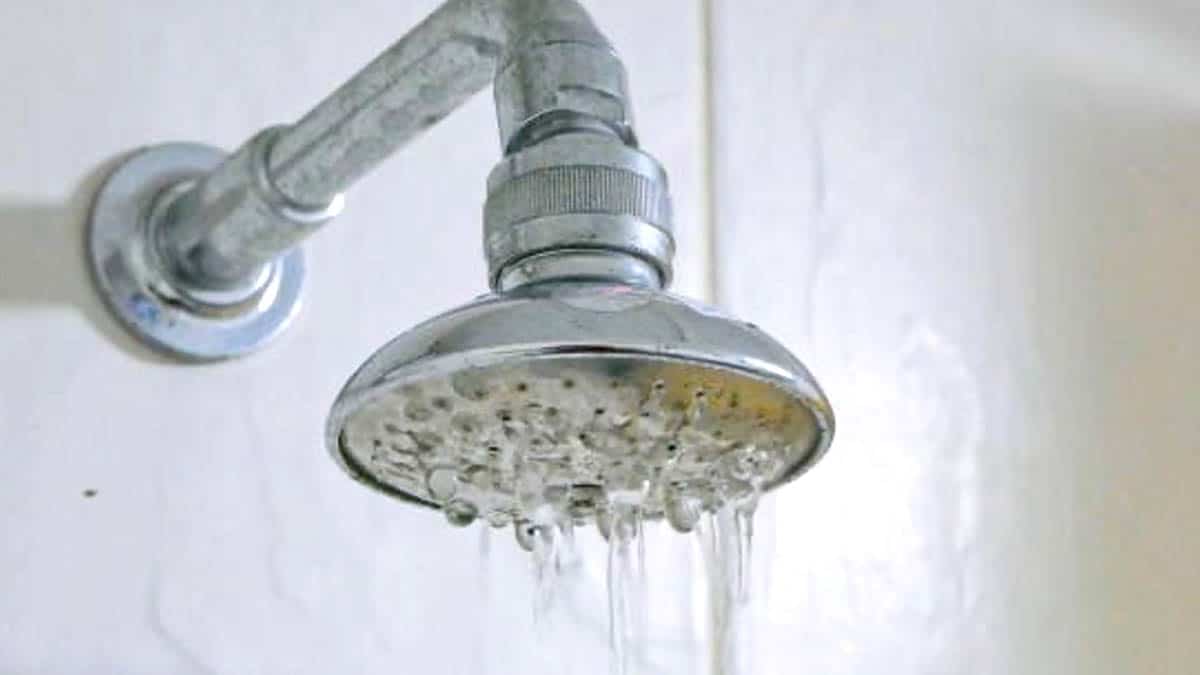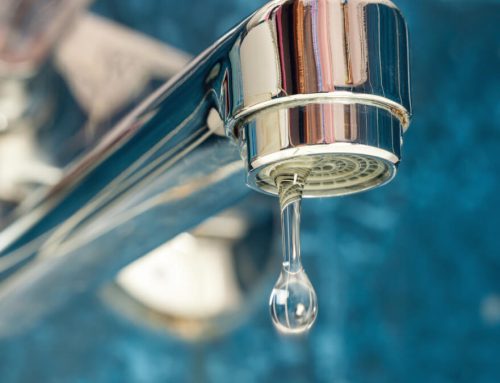
How Does a Pressure Reducing Valve Work?
How often have you gotten home craving a long warm shower but couldn’t enjoy it because the water pressure was too low? For most water appliances in our homes, water pressure makes all the difference. Extremely high-pressure or low-pressure can bring issues, particularly regarding the safety and the lifespan of your plumbing system and appliances.
Understanding how a pressure reducing valve works makes all the difference when dealing with any plumbing concern. Attempting to DIY a plumbing problem can result in more dreadful and costly plumbing issues. If you are within Phoenix, Arizona, and need residential or commercial plumbing and rooting services, Moon Valley Plumbing experts are the best.
Before narrowing down to how a pressure reducing valve works, understanding what it is, the key components, and the function is critical.
What is a Pressure Reducing Valve?
A pressure reducing valve is a self-operating, hydraulic control valve designed in a way that regulates the force of water to the necessitated value. Regardless of the differences between inlet and outlet water pressure, a pressure reducing valve responds instantly to function with the varying demand.
Today, most plumbing systems have a preinstalled pressure reducing valve; however, after about ten years of using the pressure reducing valve, it’s recommended to have it replaced.
Main Components of a Pressure Reducing Valve
The pressure reducing valve is made up of different components to meet the ultimate function of maintaining a steady upstream and downstream pressure. These include:
- Valve body – The valve’s body accommodates an internal V port plug that helps give a stable and accurate response for pressure regulation and flow return.
- Pilot regulator – This is often understood as the valve’s brain. The pilot regulator is meant to shape the inflow and outflow of water between the control chamber of the pressure reducing valve.
- Large control filter – Before water gets into the hydraulic parts, it’s filtered in the control filter to increase the reliability of the control valve. Also, it offers opportunities for minimum maintenance.
How a Pressure Reducing Valve Works
With the control valve in its closed position and the adjusting screw uncalibrated, upstream water pressure begins to flow in the diaphragm, and no force is available yet to push the open valve.
As the upstream pressure gets into the drip after passing through the filter, the water supply regulator reduces the pressure moving it into the pilot, where a pilot plug blocks flow. When the adjusting screw is calibrated, the supply pressure fills the control valve, opening the valve to give upstream pressure.
Primarily, the pressure in the pilot guides the valve on the right course of action. Immediately pressure is vented, the pilot diaphragm decompresses, and the pressure supply recycles.
Under proper water pressure calibration and consistent water flow, the pressure reducing valve should open and close by small percentages to guarantee adherence to the set point. In automatically regulated pressure reducing valves, they work with the help of a sensor line protector that controls pressurization.
How do you check the water pressure in your plumbing system?
If you think that the plumbing system in your premises could be having an issue, checking the water pressure could likely give you clues about the actual problem.
So, how do you check the water pressure? It’s as easy as opening the spigot on the pressure gauge on one of the pipes. The gauges you see when you open the tap indicate everything about your house’s water pressure. You can source these pressure gauges in Phoenix at almost any hardware or through Moon Valley Plumbing.
Alternatively, you can use a smart water security system to monitor water pressure and detect any possible plumbing issues in real-time. To learn more about this technology and how such plumbing fixtures can monitor your water pressure within Phoenix, reach out to the experts at Moon Valley Plumbing.
Why does water pressure matter?
Imagine getting home to a flooded house because of a leak? It is fundamental to maintain the recommended water pressure, whether it’s a water pipe, appliance, or fixture.
Usually, each of these products is designed to withstand water pressure to certain limits, usually between 60 to 80 psi. When any of the water lines, pipes, water heaters, and faucets are exposed to high water pressure, they wear down faster than expected.
Get Help from the Plumbing Experts at Moon Valley Plumbing
Low or high water pressure can be a nuisance compared to regular running water. If you are experiencing commercial or residential plumbing and rooting problems in Phoenix, Moon Valley Plumbing would be glad to help. 24-hour emergency services available.
Plumbing services we can help you with include water heater installation, water line, cooler leaks, pipe and drain repair, and cleaning, just to name a few. Regardless of the complexity of your plumbing problems, contact us today, and let us sort out the plumbing system for you.

